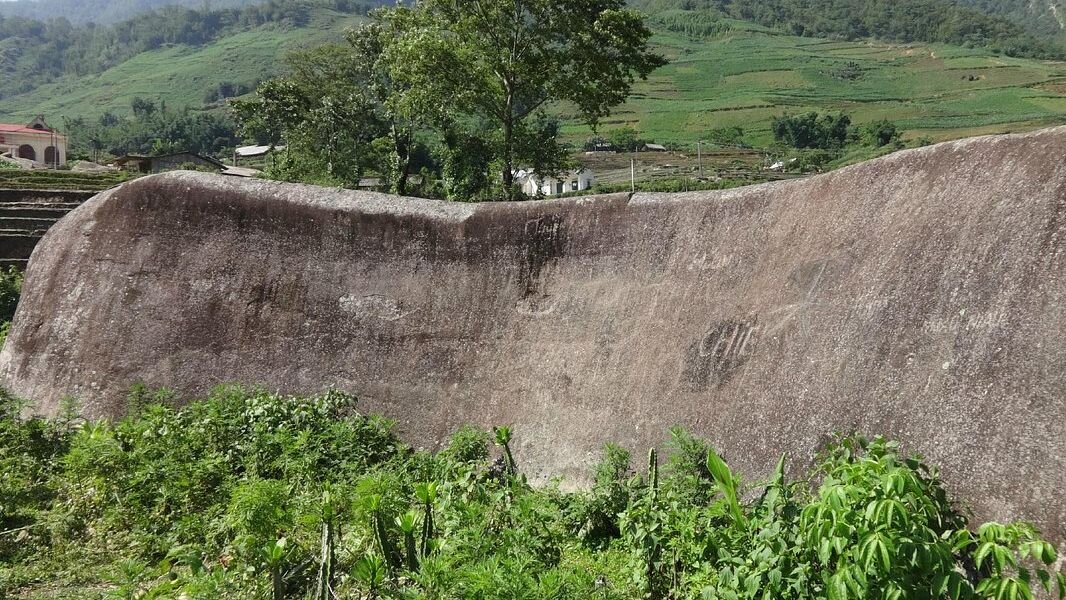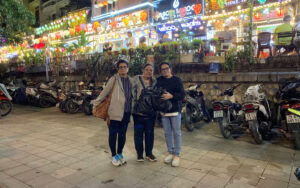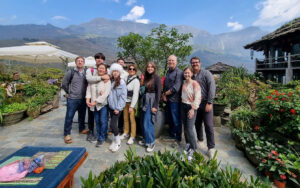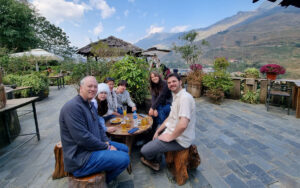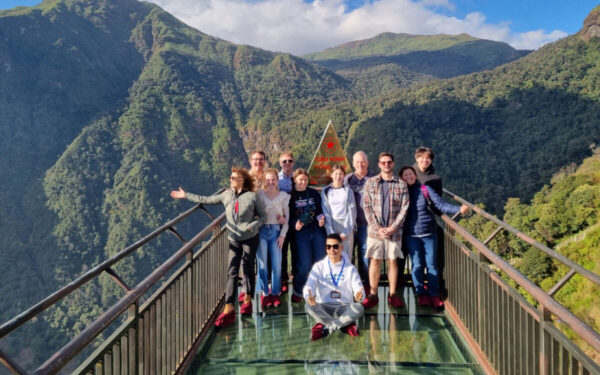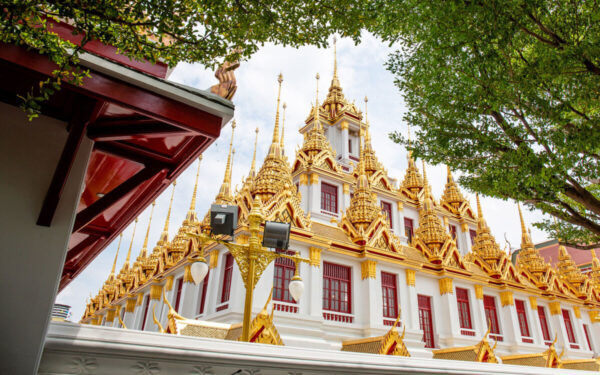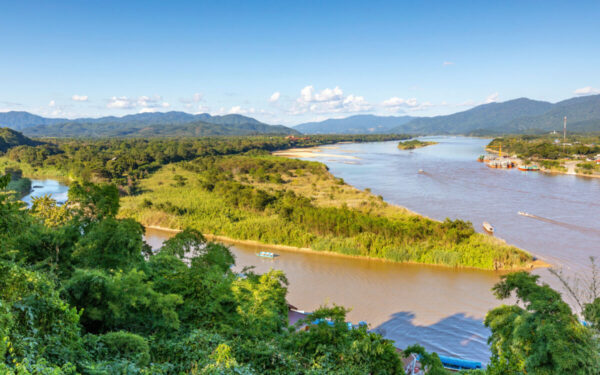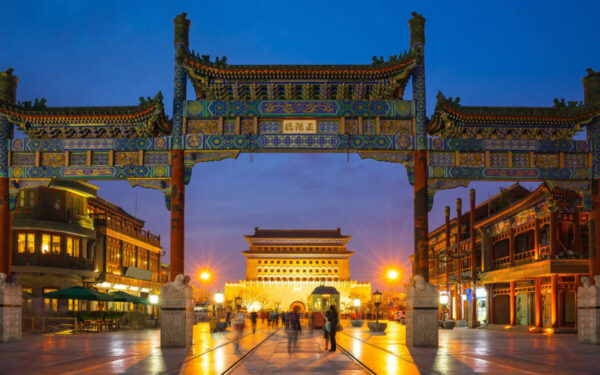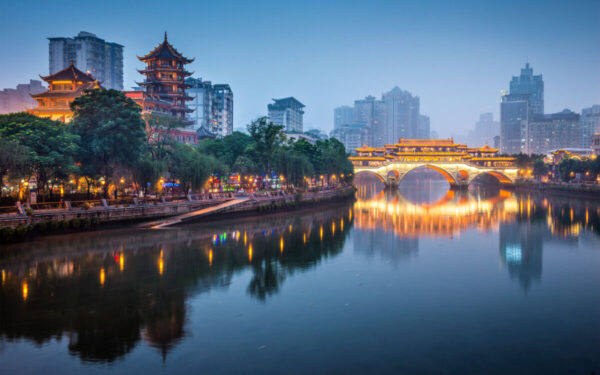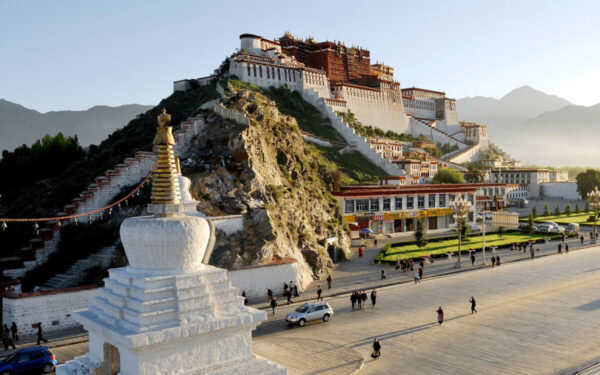Nestled within the ethereal landscapes of northern Vietnam, the Sapa Ancient Rock Field stands as a silent witness to centuries of history and cultural evolution. In this exploration, join Asia Legend Travel on your journey to embark on a journey to unravel the mysteries engraved in stone, discovering the tales of ancient tribes, legends, and the timeless beauty that defines this unique site.
Overview of Sapa Ancient Rock Field
Are you ready? Let’s dive into some fun facts about the Sapa Ancient Rock Field in the next section!
Location
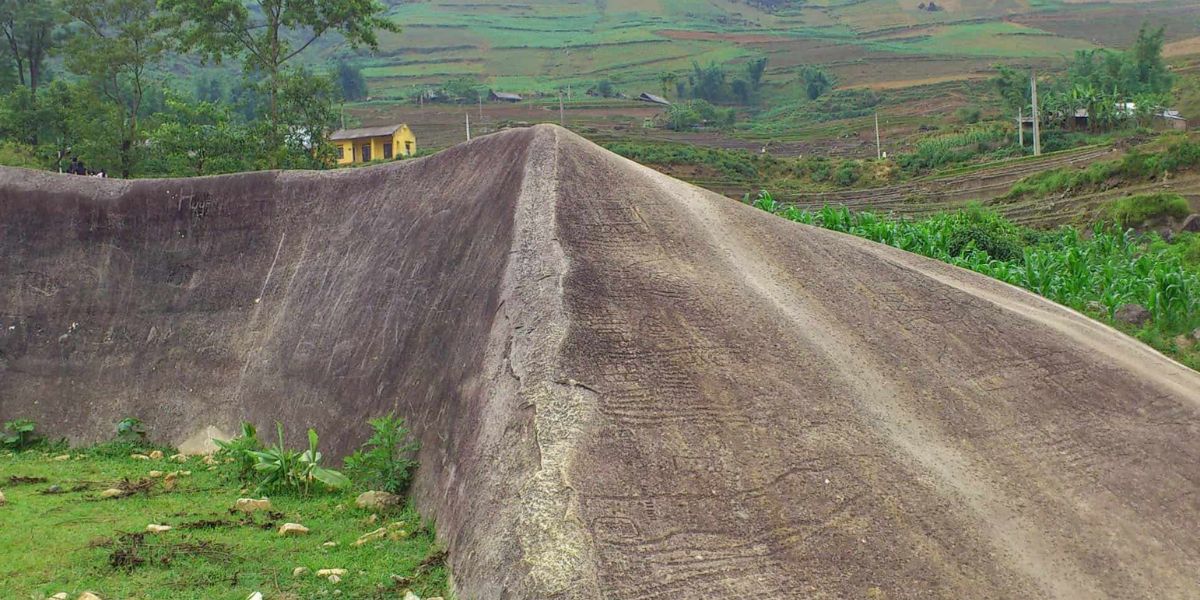
The Sapa Ancient Rock Field is situated in Muong Hoa Valley, approximately 12 kilometers southeast of Sapa town. Surrounded by terraced rice fields and embraced by the Hoang Lien Son mountain range, the site boasts a breathtaking panorama that captivates visitors with its natural beauty.
Landscapes
Encompassing an area of around 8 square kilometers, the Ancient Rock Field is adorned with massive rocks bearing intricate carvings and drawings. Against the backdrop of verdant hills and cascading rice terraces, the site offers a surreal blend of nature and ancient artistry.
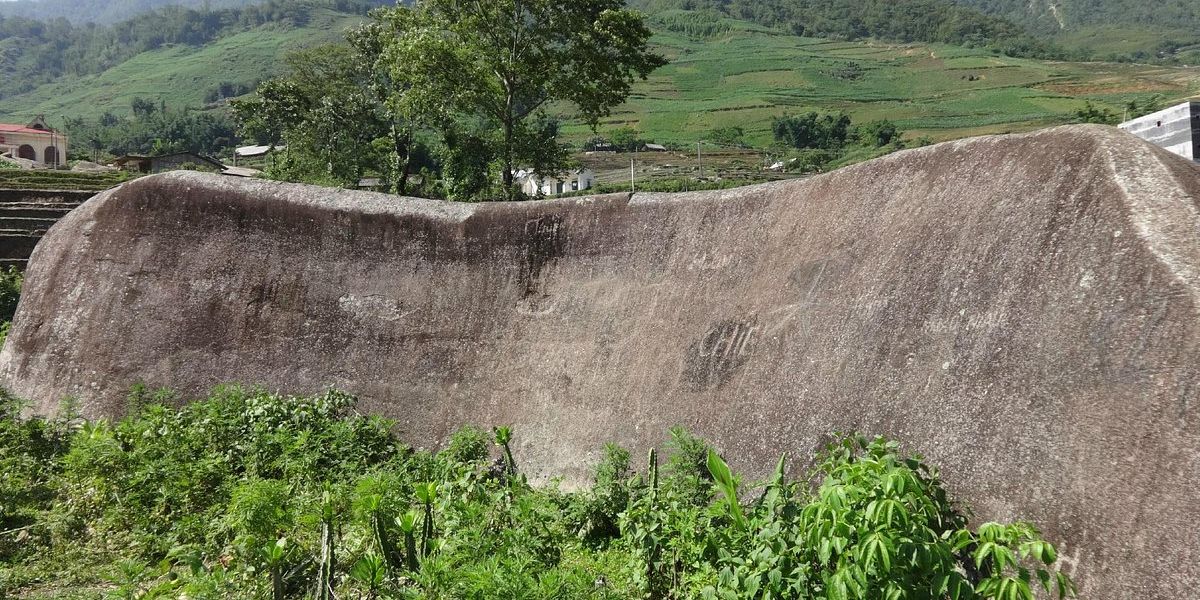
Visitors can explore rock formations and learn about the cultural significance of carvings, which are believed to date back thousands of years. The Ancient Rock Field in Sapa provides a unique opportunity to immerse oneself in both the natural and historical wonders of this enchanting region.
Tribes and Cultures
The rock carvings are believed to be the handiwork of the indigenous ethnic tribes inhabiting the region, predominantly the Hmong people. The carvings serve as a testament to the cultural richness of these tribes, depicting scenes of daily life, rituals, and symbolic motifs that reflect their traditions.
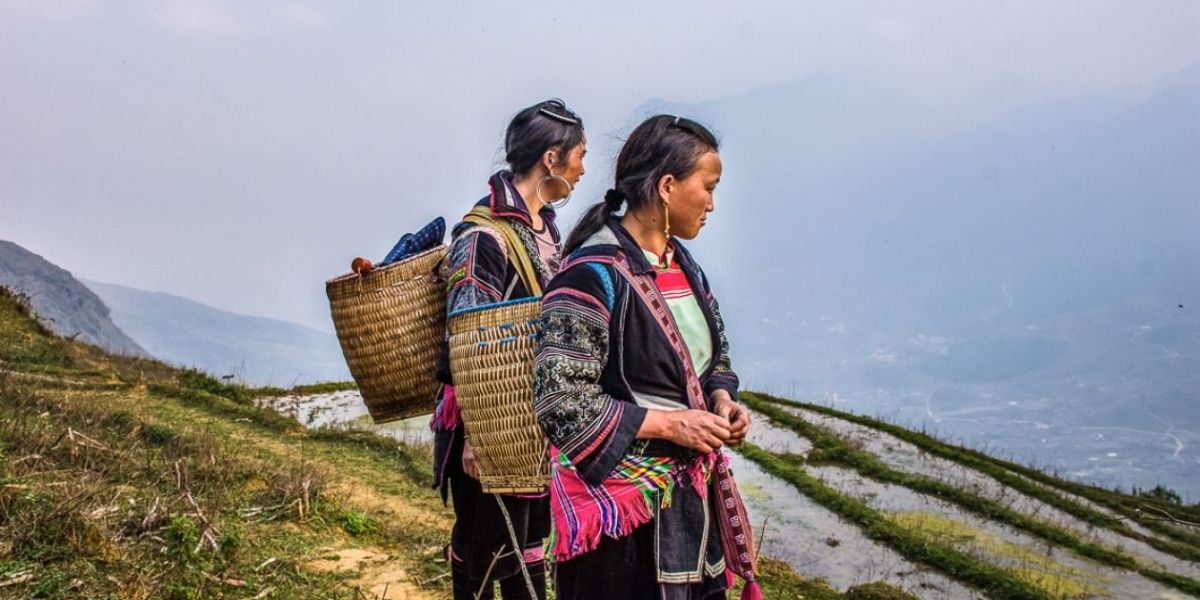
The intricate details and symbolism found in the carvings offer a glimpse into the beliefs and practices of these ancient cultures, providing valuable insights for researchers and visitors alike. Exploring the Sapa Ancient Rock Field allows for a deeper appreciation of the interconnectedness between nature, history, and human creativity in this captivating landscape.
Festivals
Throughout the year, the Sapa Ancient Rock Field becomes a focal point for cultural celebrations and festivals. Local ethnic communities organize events that showcase their traditional dances, music, and rituals, providing visitors with a firsthand experience of the vibrant living culture that intertwines with the ancient stone carvings.
These festivals offer a unique opportunity to witness the rich cultural heritage of the region and engage with the local community in a meaningful way. Visitors can immerse themselves in the traditions and customs of the ethnic groups that call Sapa home, creating lasting memories and connections.
Legends of Sapa Ancient Rock Field
Located in the beautiful Muong Hoa Valley near the communes of Ta Van, Su Pan, and Hau Thao in Sapa District, the Sapa Ancient Rock Field is a precious natural heritage covering an area of 8 square kilometers. In 1994, this site was designated a national historical relic.
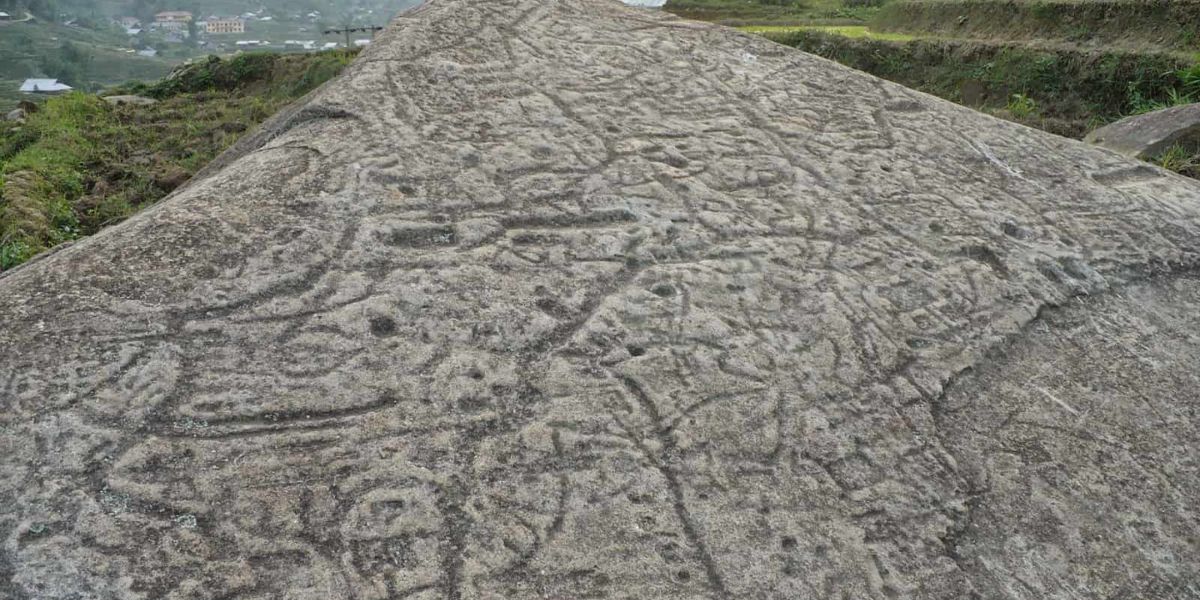
Back in October 2005, the Lao Cai Service of Culture and Information partnered with EFEO for an extensive study on decoding the stone carvings. During the expedition, the research team captured images of the intricately carved stones, pinpointing their exact locations with GPS technology and documenting them on paper. Scaling mountainsides and removing debris from stones is a challenging task that can only be accomplished during the dry season, which runs from November to April.
According to Doctor Philippe Le Failler, the team at EFEO has completed three research periods in the countryside. They have collected 1,900 photographs and documented around 100 carved stones in Hau Thao Commune on 1,321 sheets of paper. Approximately 25% of the documented stones were discovered in recent times. When examining these recently unearthed stones, scientists need to differentiate between authentic stones and modern replicas. It’s premature to make definitive statements based on EFEO’s research findings at this point. Clearly, the handwriting and carved designs are quite uncommon.
Adorning these rock slabs are stilt houses, terraced fields, humanoid figures, and remnants of ancient writings. Yet, it boasts a variety of intricate decorations that many researchers and visitors are eager to unravel. Stones and rocks are typically viewed as lifeless objects in nature. However, the rock formations in Sapa Ancient Rock Field always evoke a sense of warmth and coziness. Locals consider it a revered figure believed to bring them blessings of good health, happiness, wealth, and bountiful harvests.
How to Get to Sapa Ancient Rock Field
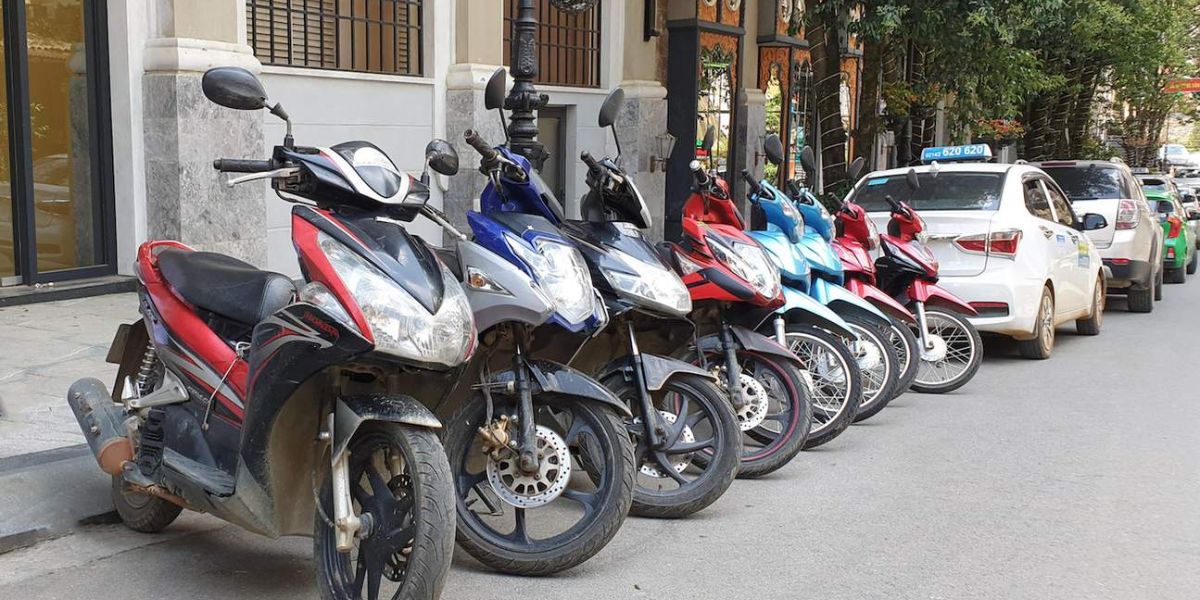
Located about 8 kilometers from the center of Sapa town, the Ancient Stone Field stretches along Muong Hoa valley. Exploring the stone field requires renting a motorbike in Sapa town for approximately VND 120,000 ($6) per day. If your accommodation is around Lao Chai – Ta Van village, consider embarking on a half-day Sapa trekking trip to explore the area.
Best Things to Do in Sapa Ancient Rock Field
1. Decode the Carvings: Wander through the field and decode the intricate carvings that adorn the stones. The scenes depict ancient life, agricultural practices, and spiritual symbols. Engage with local guides who can provide insights into the meaning behind these enigmatic carvings.
2. Photography Amidst Stones: Capture the essence of the Ancient Rock Field with your camera. The interplay of sunlight and shadows on the stones, set against the backdrop of lush landscapes, creates a visual spectacle. Sunrise and sunset moments add a mystical touch to your photographs.
3. Cultural Exchange with Tribes: Embrace the opportunity to interact with local tribes who frequent the site. Engage in cultural exchange, learn about their traditions, and witness traditional crafts being practiced. The Ancient Rock Field becomes a living canvas where ancient and contemporary cultures converge.
Accommodations in Sapa Ancient Rock Field
While there are no accommodations directly within the Ancient Rock Field, the town center offers a range of the best places to stay in Sapa. Visitors can choose from cozy Sapa homestays, boutique hotels, or resorts that provide a comfortable base for exploring the Ancient Rock Field during the day.
Best Time to Visit Sapa Ancient Rock Field
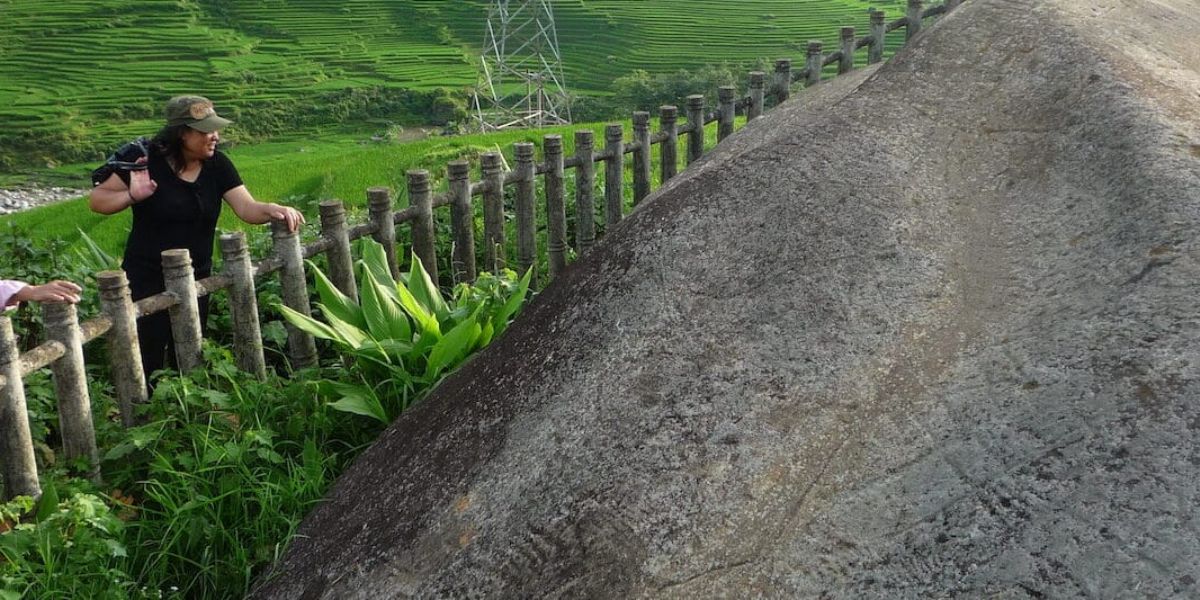
The best time to visit the Sapa Ancient Rock Field is during the dry season, from September to November or March to May. During these months, the Sapa weather is mild, and the terraced fields surrounding the site are adorned with vibrant greenery. Clear skies enhance the visibility of the carvings, creating an optimal experience for visitors.
Practical Tips for Travelers
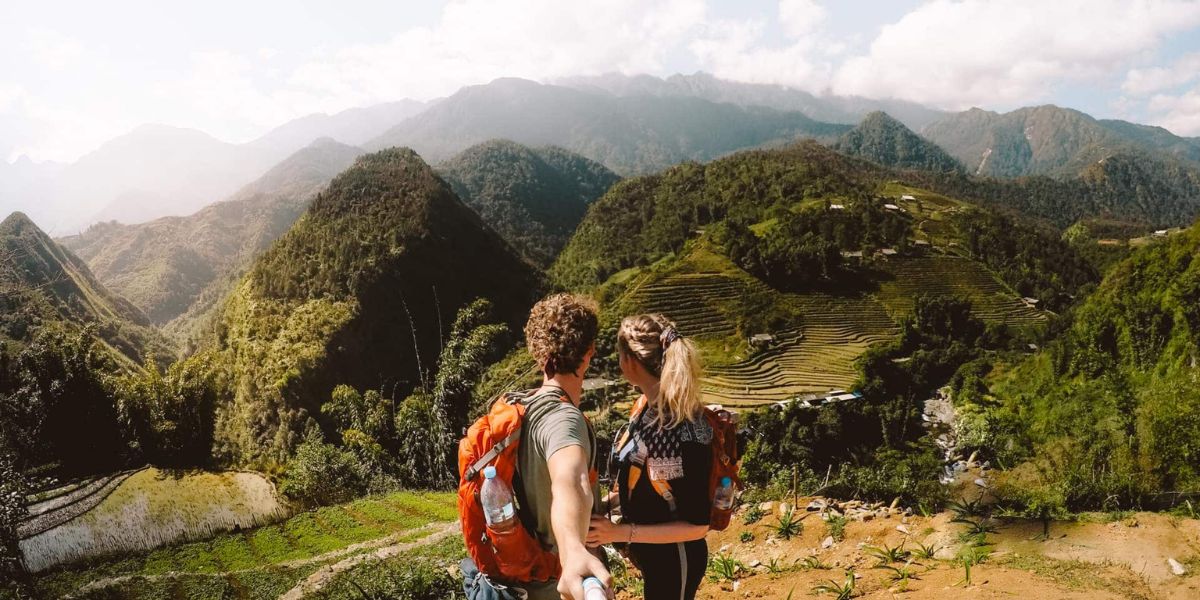
1. Local Guides: Engage the services of local guides who are well-versed in the history and significance of the Ancient Rock Field. Their insights will enrich your experience and provide cultural context to the carvings.
2. Sturdy Footwear: Wear comfortable and sturdy footwear as exploring the field may involve walking on uneven terrain. This ensures a safe and enjoyable exploration of the site.
3. Respect Cultural Practices: While exploring the Ancient Rock Field, respect local cultural practices. Avoid touching or attempting to alter the carvings, and adhere to any guidelines provided by local authorities.
The Sapa Ancient Rock Field is not merely a collection of stones; it is a repository of stories etched by the hands of ancient tribes, a living testament to the enduring spirit of the local communities. As you stand amidst the carvings, surrounded by the beauty of Muong Hoa Valley, you become a part of a narrative that transcends time.
